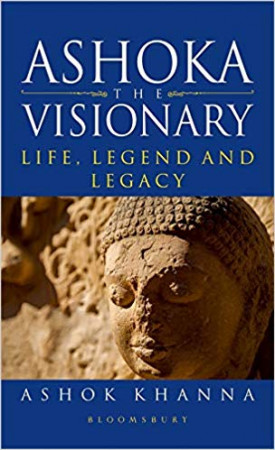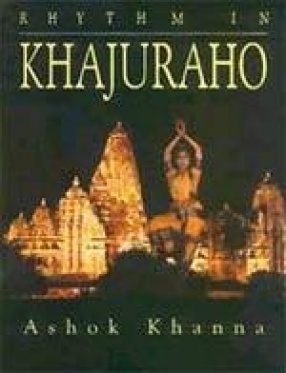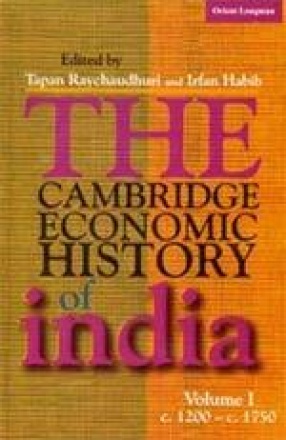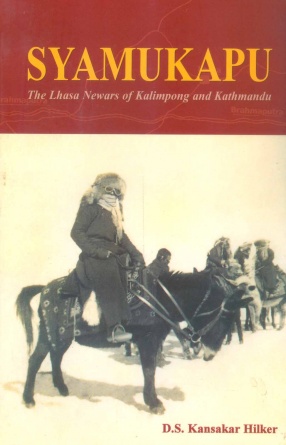Ashoka, the Visionary: Life, Legend and Legacy
Ungainly in appearance, disliked by his father, the king, but nurtured by his mother, Ashoka worked to elicit his elders' approval. At the age of 18, his father sent him to quell a rebellion that his brother, the crown prince, had failed to do. His success propelled him to be appointed as viceroy of a province. There he met Devi, a beautiful, devout Buddhist. With the death of his father, supported by the chief minister, Ashoka was crowned the new king. Ashoka ruled the Indian subcontinent from 269 BCE to 232 BCE. After the Kalinga War, a turning point for Ashoka, his devotion to Buddha's teachings became unconditional, and he based his governance on its precepts of non-violence, tolerance and compassion. His support for Buddhism helped it grow from a small sect to a world religion. When it spread to Asia, his model of Dharmaraj was emulated as exemplary kingship by many Asian rulers through history. Prime Minister Nehru, in The Discovery of India, described Ashoka as 'a man who was greater than any king or emperor'. He worked to incorporate Ashoka's secular approach and considerate administration in India's Constitution. As a young democracy, India must adopt both Ashoka's and Nehru's vision of compassionate governance to mature as a nation.
Get it now and save 10%
BECOME A MEMBER








Bibliographic information